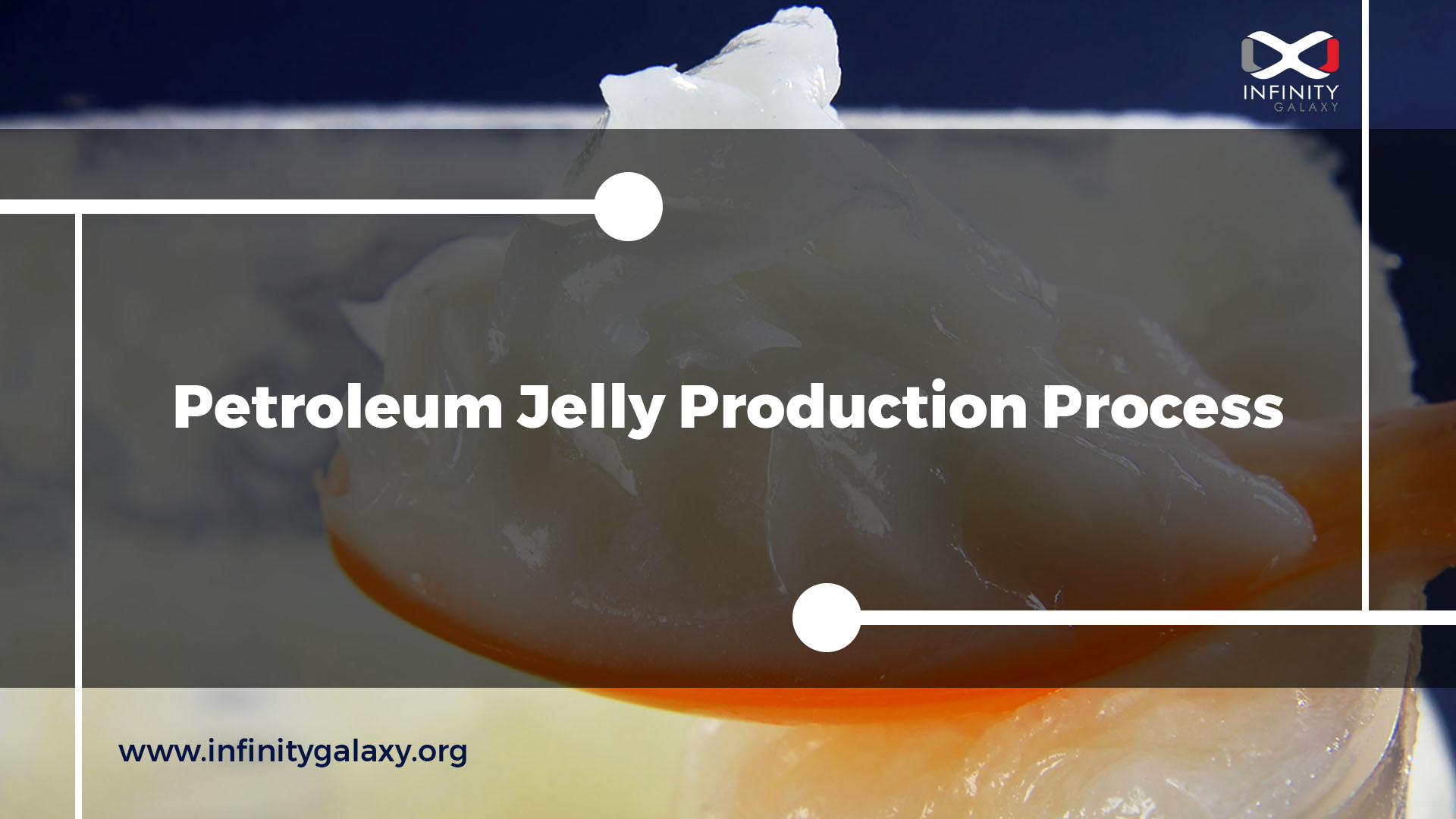Petroleum jelly has several advantages for different purposes, such as cosmetics and industries. In comparison to its alternatives, like vegetable oils and lanolin, petroleum jelly can be used as a waterproof and anti-corrosion coating or as a lubricant.
However, a common question is, “What are the petroleum jelly side effects?” One disadvantage of petroleum jelly is that it may increase acne in oily skin by clogging pores.
Keep reading this article to learn about the advantages and disadvantages of petroleum jelly.
Petroleum Jelly Advantages
Petroleum jelly provides versatile and cost-effective solutions for several needs. Some of its helpful advantages are listed below:
1. Safe Moisturizing
Petroleum jelly has been an effective moisturizer for dry skin for a long time. Petrolatum maintains moisture in the skin by forming a barrier layer. Petroleum jelly cannot enter the body via the skin’s pores, so it doesn’t harm the internal organs.
2. High Durability
Petroleum jelly is made of mineral oils that are more resistant to oxidation and rancidity than vegetable oils. This is the reason that petroleum jelly has a long expiration date.
3. Healing Wounds
Petroleum jelly has a good healing ability compared to its alternatives, like plant oil and lanolin. It’s proven that petroleum jelly can speed up wound healing. Petroleum jelly maintains wounds moisturized and keeps them away from contaminants.
4. Eczema Treatment
Many dermatologists have long advised petroleum jelly as an effective treatment for eczema. Furthermore, according to the National Eczema Association, petroleum jelly could improve the skin’s antimicrobial ability.
5. Lubricating
Petroleum jelly is an effective lubricant for plastic surfaces and non-hot metals, like door and window hinges, and zippers. In addition, it can be used as a lubricant between pipes for easier connection and to prevent water leakage.
6. Creating Waterproof Surface
Petroleum jelly creates a waterproof surface that is very useful in leather, wood and metal products. A thin layer of petroleum jelly can protect them from dirt and water. In addition metal surfaces can be safe from corrosion and oxidation.
Natural waxes such as beeswax are semi solid like petroleum jelly. However they can’t be a reasonable choice for industrial uses because they are more expensive than petroleum jelly.
7. Electrical Insulant
Petroleum jelly doesn’t conduct electricity, so it can be a good insulator for protecting electrical components from moisture and corrosion.
Visit petroleum jelly uses and benefits to read more about interesting applications of petroleum jelly.
Petroleum Jelly Disadvantages
Petroleum jelly may have some disadvantages in cosmetic and industrial applications. Petroleum jelly side effects on the skin might include clogging pores, the possibility of infection, and sunburn.
However, as mentioned before, petrolatum is not absorbed into the skin, so it cannot harm the internal organs.
The following are the disadvantages and side effects of petroleum jelly:
1. Infection
If petroleum jelly is used on unclean skin, it traps contaminants there. So there is the risk of infection.
2. Clog Pores
Clogging pores is the most common side effect of petroleum jelly. It’s not a good choice for oily skin. Petroleum jelly blocks pores, leading to worsening acne and pimples.
3. Sunburn
Petroleum jelly is a petroleum-based product, and it absorbs heat. As a result, it could lead to sunburns or make them worse.
4. Low Melting Point Lubricant
Petroleum jelly can’t be used in hot equipment as a lubricant or insulant. Because the melting point of petroleum jelly is relatively low. It’s near the human body temperature, making it more suitable for softening human skin.
Check out petroleum jelly properties to learn more about its melting point, flash point, color, purity, and other important features.
Share your questions and thoughts about this article with us. If you have any orders leave a comment.








